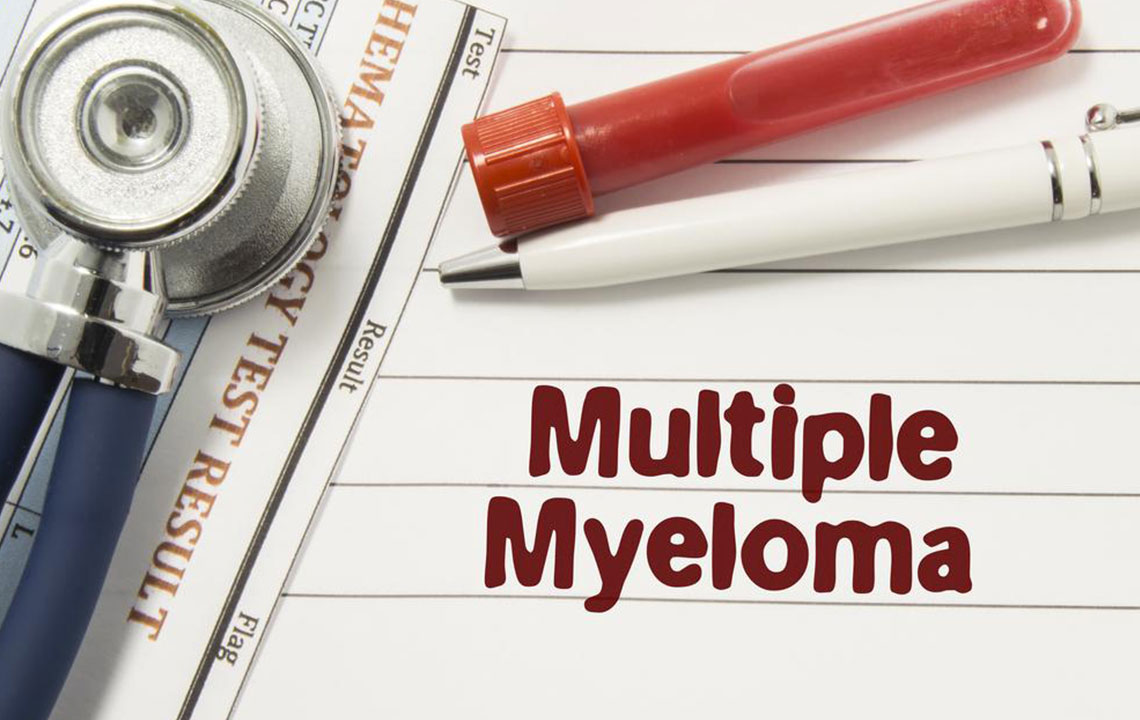Innovative Approaches to Combat Multiple Myeloma
Explore the latest medical advancements and lifestyle tips for managing and potentially reversing multiple myeloma. This comprehensive guide covers therapies like chemotherapy, immunotherapy, targeted treatments, stem cell transplants, and supportive care strategies. Learn how modern interventions combined with healthy habits can improve patient outcomes and quality of life. Always seek professional medical advice for personalized treatment plans and ensure safe management of this complex blood cancer.

Multiple myeloma originates when cancerous plasma cells develop in the bone marrow, impairing the production of antibodies vital for immune defense. These malignant cells can harm bones, blood cells, organs, and overall immune function. Advances in medical science have introduced several promising treatments to manage and potentially reverse the disease:
Chemotherapy
Chemotherapy involves multiple cycles of drug treatment, typically lasting several months, to eradicate myeloma cells effectively. While once the mainstay, it now often works alongside newer therapies.
Immunotherapy
This treatment boosts the immune system's ability to target cancer cells. Techniques like CAR T-cell therapy reprogram patient's T cells to attack myeloma-specific proteins, though they may cause side effects such as fatigue and fever.
Targeted Therapy
Focusing on specific genes, proteins, or enzymes in cancer cells, targeted treatments help prevent disease progression. Monoclonal antibodies and enzyme inhibitors are common options, sometimes combined with chemotherapy.
Bone-Strengthening Treatments
To combat bone weakening caused by myeloma, these therapies reinforce bones over about two years. They may be repeated if the disease relapses, with precautions regarding invasive dental procedures during treatment.
Bone Marrow Transplant
By replacing diseased marrow with healthy stem cells—either from the patient or a donor—this procedure aims to halt cancer spread. AUTO transplants using the patient's own cells are most frequent.
Radiation Therapy
High-energy X-rays target myeloma cells, especially when other treatments fail to control symptoms or bone pain. Side effects might include fatigue and skin issues.
Surgical Interventions
In cases of fractured bones or localized symptoms, surgery may be necessary, with specialized care plans to ensure recovery.
Healthy lifestyle habits can support treatment and recovery: engage in light physical activity, consume small nutritious meals regularly, prioritize quality sleep, and practice good hygiene to reduce infection risk. While no quick fix exists, combining medical treatments with these strategies can improve quality of life.
Note:
Content provided is for informational purposes only and not a substitute for professional medical advice. Always consult healthcare specialists for diagnosis and treatment options.










